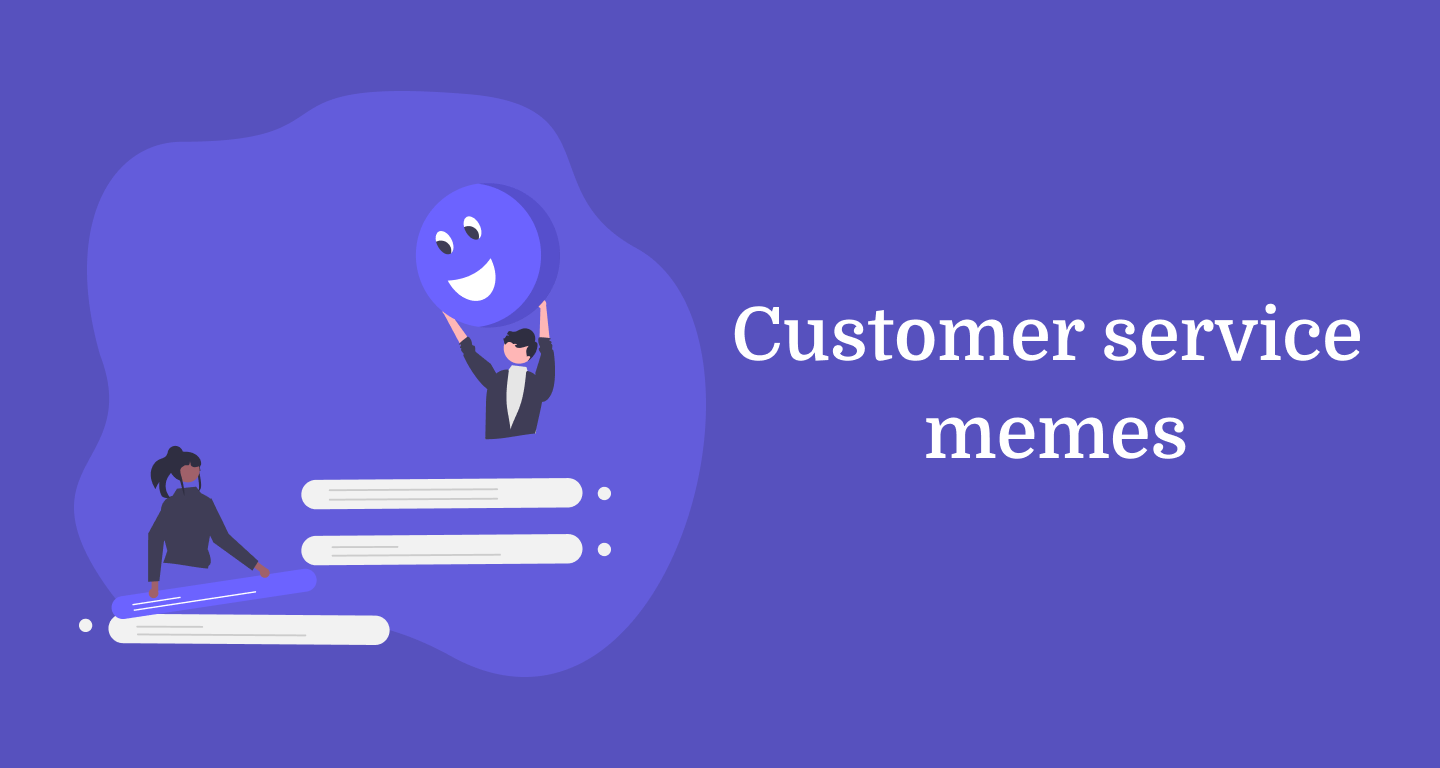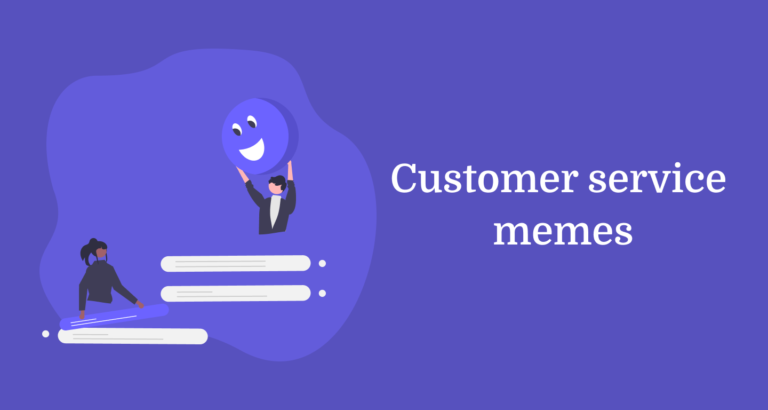What are the various domains in software industry?
What are the different areas of specialization within the software industry? How do they differ from each other and which domains are of prime importance? What sort of opportunities and challenges do they expose software professionals to? These questions are significant for software professionals and students intending to pursue a career in software development, programming, testing, or other related fields. Understanding the varied domains of the software industry can provide clarity on the diversity, dynamism, and developmental trajectory of this field.
Software industries often face challenges in delineating the boundaries between various domains due to the immense overlapping that takes place. This redundancy potentially hampers productivity and causes ambiguities in job roles (Smith, 2015). Furthermore, a lack of comprehensible demarcation across domains has been noted by researchers to affect the effectiveness of performance measurement systems in software companies (Johnson, 2017). It’s imperative to elucidate the sectors distinctly to comprehend their various purposes, methodologies, and outcomes; thus, enhancing workforce understanding and ultimately performance.
In this article, you will gain a comprehensive understanding about various software industry domains such as software development, Quality Assurance (QA), IT Support, Data Science, and Cybersecurity among others. Each domain has its intricacies, strengths, and potential hurdles, and understanding these can be beneficial not only for people already working in these areas but also for aspiring software professionals. Additionally, it’s crucial to identify areas of overlap, strategies for effective demarcation, and ways to streamline roles and responsibilities across these domains.
Furthermore, the proposed article will also shed light on the future of these domains, engulfing areas like Artificial Intelligence (AI), Machine Learning (ML), and Internet of Things (IoT) which are expected to make profound impact. Technological advances, market trends, and job prospects in each domain will also be overviewed, providing you with a rounded perspective of the vast, diverse, and ever-evolving landscape of the software industry.
:max_bytes(150000):strip_icc()/Unicorn_Final_4187388-2771d244d7334a09875afc095841c422.jpg)
Definitions and Domains in the Software Industry
In the software industry, the term ‘domain’ can have several meanings.
1. Business Domain: This refers to the sphere of business or industry that the software is being built for, such as banking, retail, or healthcare.
2. Technical Domain: This represents the technology or software language that is being used to develop the software, like Java or C#.
3. Solution Domain: This is concerned with the specific problem that the software is trying to solve, such as improving customer support or boosting sales.
4. Data Domain: Here, ‘domain’ refers to a specific field of data within a database. For example, a data domain for an e-commerce business might include customer information, product information, and sales data.
Unpacking the Multifaceted Realms of Software Industry Domains: An Insightful Exploration
The software industry is a vast and diverse field, encompassing a wide range of domains. These domains, or areas of specialism, each involve unique sets of skills, technologies, and approaches. Let’s delve further into this expansive sector in order to gain a deeper understanding of some of its important domains.
The Breathtaking Scope of Technical and Application Domains
One of the most well-known software industry domains is the technical domain, which often revolves around the development of infrastructure and lower-level systems. This area is mostly concerned with complex aspects of programming such as database management, cloud computing, and cybersecurity. Technical domain specialists are often proficient in various programming languages and have a deep understanding of system architecture and protocols.
On the other hand, the application domain encompasses the creation of software programs that end-users interact with. This involves the design and implementation of software based on the specific needs of users or clients. Examples of this domain include web development, mobile application development, and software testing. Application domain specialists often possess strong skills in UX/UI design and are adept at understanding and responding to user needs.
The High-level Landscape of Enterprise and Data Science Domains
In the enterprise domain, specialists are tasked with developing and implementing software solutions for organizations. This involves understanding business processes and designing software that helps to optimize these processes. Examples of areas within this domain include Enterprise Resource Planning (ERP), Customer Relationship Management (CRM) systems, and Supply Chain Management (SCM).
The domain of data science, meanwhile, involves leveraging large sets of data to make informed business decisions. Specialists in this domain use statistical techniques and predictive modeling to analyze, interpret, and visualize data. They also develop algorithms and build models to support machine learning and artificial intelligence.
- Technical Domain: Includes database management, cloud computing, and cybersecurity.
- Application Domain: Encompasses web development, mobile application development, and software testing.
- Enterprise Domain: Involves ERP, CRM, and SCM systems.
- Data Science Domain: Consists of data analysis, data visualization, machine learning, and AI.
In conclusion, the software industry is extraordinarily diverse, with domains as varied as the technical and application domains to enterprise and data science domains. Each of these domains requires a different set of skills, tools, and approaches, and together, they encompass the comprehensive range of activities undertaken in the software industry. However, despite their differences, these domains are interdependent, with progress in one often leading to advancements in others. The dynamic and interactive nature of these domains is part of what makes the software industry such an exciting, challenging, and rewarding field to be a part of.
Reframing the Software Industry: Domains as Driving Forces
Exploring the Terrain of Software Industry
Has it ever dawned upon you how intricate and variegated the ecosystem of the software industry is? At its very nexus, the software world encompasses an array of distinct fields or domains, each with its unique needs, methods, and technologies. Understanding these silos is pivotal as they function as the key propellers contributing to the growth and innovation in the industry. From healthcare, retail, finance, to entertainment – the list is extensive. Each of these sectors leverages software in peculiar ways, thus necessitating bespoke software solutions. This intricate mosaic of diverse domains makes the software industry a truly vivacious spectacle.
Challenges Stemming from the Complex Landscape
Navigating through this complex landscape, however, is not a cakewalk. The idiosyncrasies of each domain serve to augment the challenges. Singularities in terms of industry-specific regulations, consumer preferences, and competition dynamics require software solutions to be astutely mindful of the respective nuances. Additionally, the burgeoning technology advancements add to this complexity, obligating the need for industry-specific evolution. Fostering innovation while concurrently catering to these industry-specific requirements emerges as a key problem for the software industry as it treads on the path of revolutionizing the world.
Successful Navigation – Software Industry’s Best Practices
However, these challenges have not hindered the software industry’s forward march. Case in point, there are numerous instances where cutting-edge software solutions have successfully catered to domain-specific needs while fostering innovation. A testament to this is the healthcare industry – where Electronic Health Records (EHR) systems have revolutionized patient management catering to the specific needs of the industry, yet representing an excellent example of software innovation. The entertainment industry is another exemplar, with streaming solutions like Netflix making the impossible, possible. Each a varied domain, each met with a tailored software solution. Such successful adaptability demonstrates the software industry’s resilience and underlines the industry’s capacity to navigate its course successfully through the convoluted labyrinth of diverse domains.
Navigating the Software Industry: An Analytical Perspective on Pivotal Domains
Unraveling the Enigmatics of Software Bifurcations
Have you ever pondered the multifaceted nature of the software ecosystem? It’s a vast expanse, encompassing an array of sectors that offer distinct services. Two primary areas play an immense role in shaping the software industry: software development and software services. The first caters to the creation of new applications or systems, while the latter offers solutions to clients by implementing existing software systems. These domains come with their unique challenges and opportunities, and understanding them can provide a valuable lens to the complexities of the software universe.
Conundrums Faced in the Software Industry
The software industry is like a constantly evolving organism, born out of innovation and driven by market needs and technological advancements. As such, the challenges encountered within this sector tend to be dynamic. In software development, one of the major issues is obsolescence. Advancements in technology render existing methods and tools obsolete, necessitating constant learning and evolution. For software services, the challenges are manifold, including the need for continuous improvement of service quality, maintaining client relationships, market competition, and the continuous updating of technological knowledge. Each domain comes with its set of specific issues that need to be addressed to thrive in a highly competitive industry.
Identifying Industry Best Practices
Overcoming these challenges requires strategic planning, rigorous implementation, and consistent monitoring, all of which are components of industry best practices. In software development, the Agile methodology has proven to be an effective solution for managing swift technological changes. It emphasizes flexibility, continuous improvement, and high customer involvement to ensure that the developed software meets the ever-evolving market needs. Furthermore, implementing technological advancements like DevOps for continuous delivery ensures that the software is always up-to-date and competitive.
In the software services domain, retaining high service quality and client satisfaction is crucial. Achieving this requires businesses to implement standardized processes and to invest in customer relationship management. This not only helps in maintaining high service quality but also boosts client relationships. Additionally, constant technological upscaling by investing in employee training and knowledge sharing can help software services businesses stay relevant in a rapidly evolving industry.
By unveiling these best practices across the two key domains of the software industry, we can better navigate its complexities and continue to push the boundaries of what is technologically possible.
Conclusion
Have we really taken a moment to grasp the vast spectrum of the booming IT field? The numerous divisions of the software field like web development, mobile application development, artificial intelligence, cloud computing, data science, and cybersecurity are all dynamically evolving and expanding. Each of these domains has their own unique specialities and challenges but the common string that binds them together is ‘Innovation’. This innovation displayed within the software sectors has become the backbone for industries across the globe.
Our blog is the one-stop station for every enthusiast, learner, professional or simply a curious mind yearning to peek into the exhilarating world of software industry. We will prompt you to think, learn, and grow in all these realms. We would be thrilled to have you join our community and participate in this enlightening journey. Stay tuned with us, and you can always stay at the forefront of the technological wave that is propelling the software industry.
Clearly, the software field has become an ocean of opportunities with limitless possibilities. The pace in which it is progressing is awe-inspiring. Just imagine what lies ahead? You would not want to miss the upcoming advancements and trends, would you? We invite you to follow our blog; subscribe for the latest updates and posts that will ensure you comprehend the full complexity and opportunities within the software industry. It’s a fascinating world out there, and we can’t wait to explore it with you. Stay intrigued, stay curious; there’s so much more to come!
F.A.Q.
FAQ Section
1. What are the main domains in the software industry?
The main domains in the software industry include application development, system software, programming languages, and web development. These main domains hold the maximum number of job opportunities and advancements in the software industry.
2. What is the role of application development in the software industry?
Application development plays a vital role in creating software applications for handheld devices, such as smartphones and tablets. These applications provide solutions for a variety of user needs, ranging from entertainment to business.
3. Can you explain the significance of system software in the software industry?
System software provides the platform for software engineers to program and develop applications. It plays an essential role as it manages and controls hardware so other software can perform tasks without any hassle.
4. How important are programming languages in the software industry?
Programming languages are fundamental tools in the software industry. They provide a way for software engineers to communicate with computers and instruct them to perform specific tasks.
5. How does web development fit into the software industry?
Web development plays an important role in the software industry as it deals with the creation of applications that run on a web server. In today’s digital world, web applications are crucial for businesses, making web development a significant domain in the software industry.









